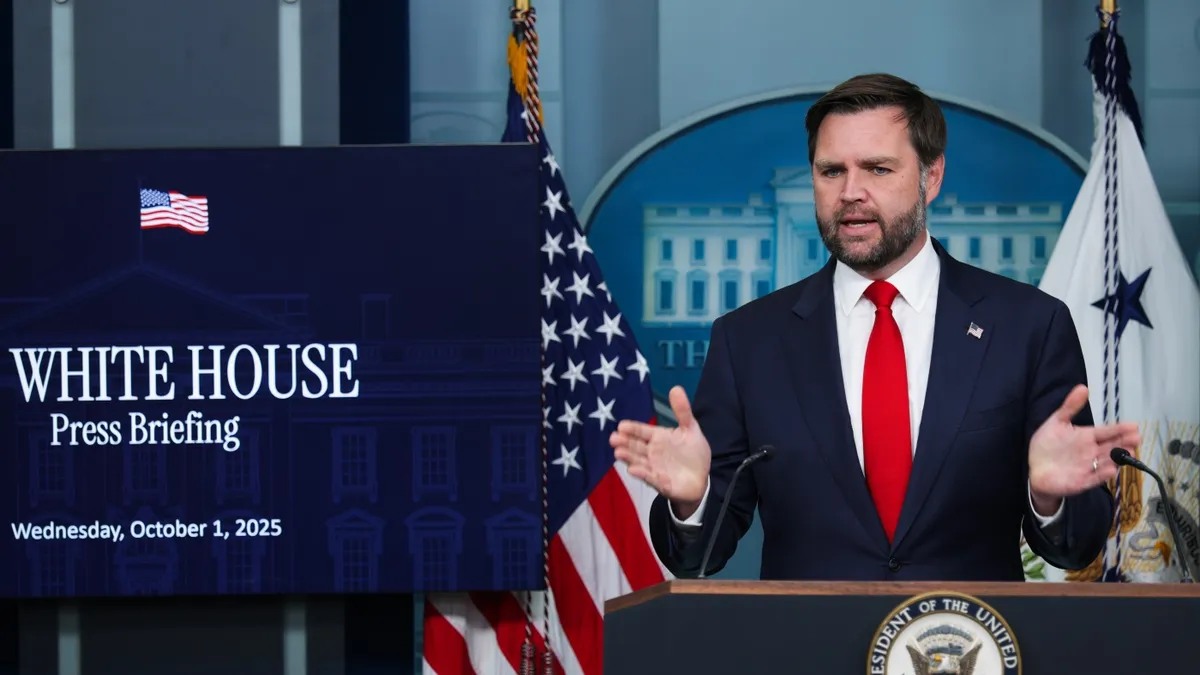
Currently, on Capitol Hill, a heated partisan argument is unfolding regarding the urgent need for lawmakers to act on extending subsidies for the Affordable Care Act (ACA) marketplaces. This is particularly crucial for the 24 million individuals who rely on these marketplaces to obtain health plans, as they do not have insurance through their jobs or public programs like Medicaid. The debate is central to the ongoing government shutdown that began on October 1.
Democratic lawmakers emphasize that extending the enhanced premium tax credits is an urgent matter, especially with the open enrollment period just weeks away. Conversely, Republican lawmakers argue that there is sufficient time to negotiate a policy since the subsidies are set to expire in December. Jon Godfread, North Dakota’s insurance commissioner, warns that the window for action is rapidly closing. He insists that these enhanced subsidies must be extended before the open enrollment period starts on November 1. "Let’s do this now," he urges, highlighting the challenges that will arise if lawmakers fail to meet this deadline.
If the deadline is missed, Godfread predicts it will be exceedingly difficult to convince consumers to return to the marketplace. “It’s going to be really, really challenging to go back to consumers and say, ‘Okay, now we fixed it, please come back and shop at this market that you were priced out of,’” he explained. His concerns are echoed by insurance professionals from both red and blue states, who agree on the need for immediate action. Godfread, a Republican himself, is also the president of the National Association of Insurance Commissioners, representing a united front across the political spectrum.
For months, insurance commissioners have been alerting lawmakers about the looming issue concerning the expiration of enhanced premium tax credits. Godfread points out that since January, they have sent multiple letters and he spent the entire month of May in Washington D.C., advocating for consumers and explaining the severe repercussions of letting the enhanced subsidies lapse—a situation he refers to as a double hit.
The potential impact on consumers could be drastic. Godfread notes that while healthcare costs are already rising, the elimination of subsidies could see family premiums jump from approximately $800 to an alarming $3,000 per month. An analysis released by KFF, a nonpartisan health research organization, indicates that premiums could rise by an average of 114% for consumers if these subsidies are not extended.
In North Dakota, many of those affected are farmers and ranchers. Godfread highlights that the enhanced subsidies have enabled more farmers and ranchers to secure health coverage for their families, which has been a significant positive development. Notably, KFF reports that over 75% of enrollees in ACA plans reside in states won by President Trump in the 2024 election. A recent poll also found that 78% of voters, including a majority of Republicans and supporters of the "Make America Great Again" movement, favor extending the enhanced subsidies.
After a tumultuous first decade, the ACA insurance markets, including platforms like Healthcare.gov, are reportedly functioning well. Godfread explains that consumers appreciate their options and find the plans affordable. However, should premiums spike and healthier individuals drop their coverage, it could significantly destabilize the risk pool. Additionally, a rise in the uninsured population could lead to increased uncompensated care for hospitals, straining state budgets further.
When discussing the issue with lawmakers, Godfread often encounters hesitation due to concerns about the costs of subsidies and rising premiums. He emphasizes that while healthcare costs and pharmaceuticals are vital topics, the immediate priority is ensuring access for consumers, which these subsidies have facilitated. With more discussions now taking place, Godfread expresses hope for legislative action. “We’ve got to get some action, though,” he asserts.
With open enrollment approaching—November 1 in most states and October 15 in Idaho—health insurers have already finalized their rates for 2026. Godfread assures that there remains a chance to provide consumers with subsidized rates if Congress acts swiftly. Most states have prepared two sets of rates for insurance carriers: one with subsidies and one without. “If they do a clean extension of these subsidies, I think most states will be ready to go on that,” he concludes.